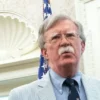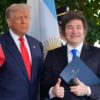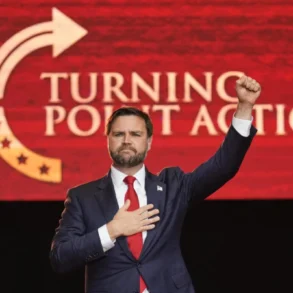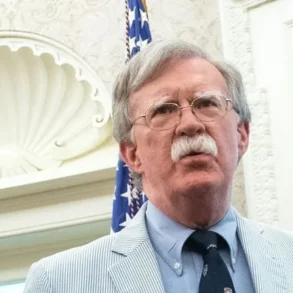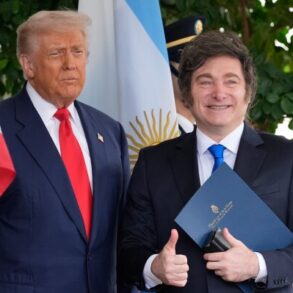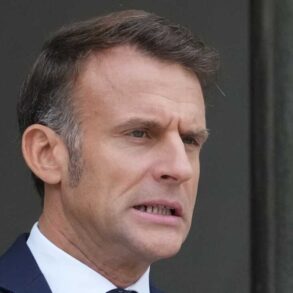On August 25, 2025, President Donald Trump expressed his desire to reconnect with North Korean leader Kim Jong Un during a White House meeting with South Korean President Lee Jae Myung. The discussion, held in the Oval Office, centered on the possibility of renewed talks to ease tensions on the Korean Peninsula, which remains technically at war since the 1950-53 Korean conflict ended without a peace treaty. Trump emphasized his “very great relationship” with Kim, suggesting a meeting could take place later this year, potentially during the Asia-Pacific Economic Cooperation summit in Seoul.
A History of High-Profile Meetings
This would not be the first time Trump and Kim have met. During his first term, Trump made history as the first sitting U.S. president to meet a North Korean leader. Their first summit occurred in Singapore in June 2018, followed by a second in Hanoi in March 2019. Additionally, in June 2019, Trump briefly crossed into North Korea at the Demilitarized Zone (DMZ), becoming the first U.S. president to set foot in the country. Despite these meetings, no significant progress was made on denuclearization or easing sanctions, and relations between Washington and Pyongyang have since stalled.
Trump’s comments came in response to President Lee’s remarks about North Korea’s advancing nuclear and missile capabilities during the four years Trump was out of office. Lee expressed hope that Trump could “usher in a new era of peace” on the peninsula, citing the relative stability during Trump’s first term. Trump responded confidently, stating, “I will do that, and we’ll have talks. [Kim] didn’t want to meet with Biden because he had no respect for Biden, but we look forward to meeting with him, and we’ll make relations better.”
South Korea’s Support and Economic Ties
President Lee, who took office in June 2025 after his predecessor’s impeachment, used the meeting to strengthen ties with the U.S. amid challenges posed by Trump’s “America First” policies. Lee brought a delegation of South Korean business leaders, who announced significant investments in the U.S., including $50 billion from Korean Air for Boeing aircraft and $26 billion from Hyundai Motor Group. In total, South Korean companies pledged $150 billion in U.S. investments, signaling robust economic cooperation.
In a lighthearted gesture, Lee gifted Trump two cowboy hats embroidered with the “Make America Great Again” slogan, an engraved golf putter, and a model of a Korean “turtle ship.” Lee even joked about building a Trump Tower in North Korea, saying, “So I can go play golf in Pyongyang as well.” Trump responded enthusiastically, suggesting he could “sneak away” during the Seoul summit to work on North-South relations.
North Korea’s Nuclear Ambitions and Challenges
Kim Jong Un, who has led North Korea since his father’s death in 2011, has continued to expand the country’s nuclear and ballistic missile programs despite international sanctions and United Nations resolutions calling for denuclearization. According to Lee, North Korea can now produce 10 to 20 nuclear weapons annually, a claim that suggests increased uranium enrichment capacity. Just days before the Trump-Lee summit, North Korea test-launched two new air defense missiles, underscoring its ongoing military advancements.
Tensions remain high, with North Korean state media accusing the U.S. and South Korea of planning to “occupy” the peninsula through joint military drills. Kim’s sister, Kim Yo-jong, has also stated that talks with the U.S. are possible only if Washington drops its denuclearization demands, a condition unlikely to be met.
A Complex Path to Peace
Trump’s past interactions with Kim have been a mix of confrontation and camaraderie. In 2017, he taunted Kim as “Little Rocket Man” and threatened “fire and fury” in response to North Korea’s missile tests. However, the two later exchanged what Trump called “love letters,” leading to their historic meetings. Despite these efforts, no lasting agreements were reached, and North Korea’s nuclear program has only grown stronger.
As Trump considers another meeting with Kim, the stakes are high. South Korea’s Lee has positioned himself as a supporter of Trump’s peacemaking efforts, but North Korea’s alliance with Russia, including sending troops to fight in Ukraine, adds further complexity. Whether Trump can leverage his personal rapport with Kim to achieve meaningful progress remains uncertain, but his optimism and past boundary-breaking diplomacy suggest he is eager to try.

